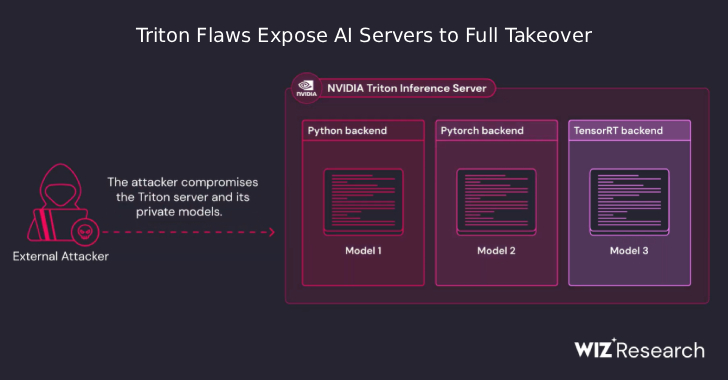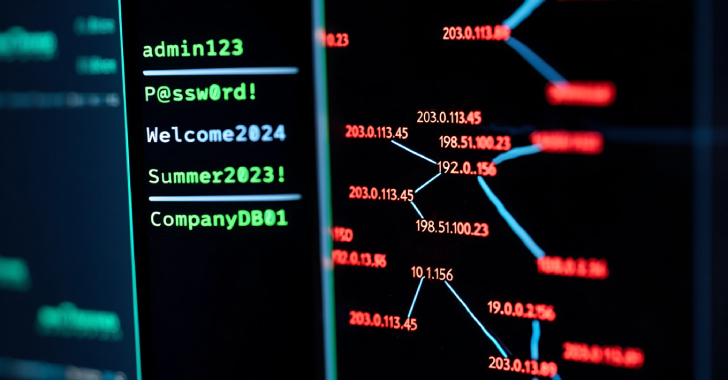
Why a vCSM (Virtual Cyber Security Manager) is Important
In an increasingly digital world, where data breaches and cyberattacks have become commonplace, businesses are under constant threat from cybercriminals seeking to exploit vulnerabilities in their systems. Protecting sensitive information and ensuring the integrity of digital assets have never been more critical. This is where a Virtual Cyber Security Manager (vCSM) comes into play. In this article, we will delve into the significance of a vCSM in the context of modern cybersecurity.
The Evolving Threat Landscape
Cybersecurity threats are evolving at an alarming rate. Hackers are becoming more sophisticated, employing advanced techniques to infiltrate networks, steal data, and disrupt operations. The threat landscape includes not only external actors but also internal threats, such as employee negligence or insider attacks. As a result, traditional approaches to cybersecurity are no longer sufficient.
In this dynamic environment, a vCSM plays a crucial role in keeping an organization’s digital assets secure. Unlike traditional cybersecurity measures that may only focus on specific aspects of security, a vCSM provides a holistic and proactive approach to managing cybersecurity risks.
Understanding the vCSM
A Virtual Cyber Security Manager is essentially an AI-powered solution that combines artificial intelligence, machine learning, and advanced analytics to continuously monitor an organization’s digital environment. It assesses vulnerabilities, detects anomalies, and responds to threats in real-time. Here’s why a vCSM is essential in today’s cybersecurity landscape:
- Continuous Monitoring and Threat Detection
One of the most significant advantages of a vCSM is its ability to provide continuous monitoring and real-time threat detection. Traditional cybersecurity tools often rely on signature-based detection methods, which can be effective against known threats but are easily bypassed by new, zero-day vulnerabilities.
A vCSM, on the other hand, leverages machine learning algorithms to analyze network traffic, user behavior, and system logs, identifying unusual patterns that may indicate a potential threat. This proactive approach allows organizations to detect and respond to cyber threats as they emerge, rather than after they have already caused damage.
- Scalability and Cost-Efficiency
Scalability is a critical factor in modern cybersecurity. As businesses grow and their digital footprint expands, the complexity of managing security also increases. Traditional cybersecurity solutions often require significant hardware and personnel investments to scale effectively. This can be cost-prohibitive for smaller businesses.
In contrast, a vCSM is highly scalable and can adapt to the needs of an organization as it grows. Since it operates in the cloud and relies on AI and automation, there is no need for extensive hardware investments or a large cybersecurity team. This makes vCSM a cost-effective solution for businesses of all sizes.
- Rapid Response to Incidents
In the event of a security incident, time is of the essence. The longer it takes to detect and respond to a breach, the more damage can be done. A vCSM excels in rapid incident response due to its real-time monitoring capabilities and automated threat mitigation.
When a potential threat is detected, the vCSM can trigger immediate responses, such as isolating affected systems, blocking malicious traffic, and alerting security personnel. This rapid response minimizes the impact of security incidents and reduces downtime, ultimately saving the organization time and money.
- Compliance and Reporting
In today’s regulatory environment, compliance with cybersecurity standards and regulations is non-negotiable. Failing to meet these requirements can result in legal consequences, financial penalties, and damage to an organization’s reputation. A vCSM can help organizations maintain compliance by continuously monitoring and documenting security measures.
It generates detailed reports and logs that can be used for compliance audits, providing evidence that security measures are in place and effective. This not only helps organizations avoid regulatory penalties but also builds trust with customers who are increasingly concerned about the security of their data.
- AI-Driven Threat Intelligence
Cybersecurity threats are becoming more sophisticated, often using tactics that are difficult to detect with traditional methods. A vCSM leverages artificial intelligence to stay ahead of these threats. It continuously analyzes vast amounts of data to identify emerging threat trends and behaviors.
By learning from past incidents and threat intelligence feeds, a vCSM can proactively defend against new and evolving threats. This adaptive approach to cybersecurity is crucial in an environment where cybercriminals are constantly developing new attack techniques.
- Reducing Human Error
Human error remains one of the leading causes of security breaches. Employees may inadvertently click on phishing emails, use weak passwords, or mishandle sensitive data. While employee training and awareness programs are essential, a vCSM can provide an additional layer of protection.
By automating routine security tasks and flagging suspicious activities, a vCSM reduces the likelihood of human errors leading to security incidents. This frees up cybersecurity personnel to focus on more complex tasks, such as incident response and threat analysis.
- Predictive Analysis
Predictive analysis is a powerful feature of a vCSM. By analyzing historical data and trends, it can predict potential future threats and vulnerabilities. This enables organizations to take proactive measures to mitigate risks before they can be exploited.
For example, if the vCSM detects a pattern of increased login attempts from a specific region, it can predict a potential credential stuffing attack and prompt the organization to implement stronger authentication measures. Predictive analysis helps organizations stay one step ahead of cybercriminals.
Conclusion
In an era where cyber threats are ever-present and evolving, a Virtual Cyber Security Manager (vCSM) is a vital component of an organization’s cybersecurity strategy. It provides continuous monitoring, rapid threat detection and response, scalability, cost-efficiency, and compliance support. Moreover, it leverages AI and machine learning to stay ahead of emerging threats, reducing the risk of data breaches and cyberattacks.
As organizations increasingly rely on digital technology and data, the role of a vCSM becomes even more critical. It is not merely a security tool but a strategic asset that helps safeguard an organization’s reputation, customer trust, and bottom line. By embracing vCSM technology, businesses can navigate the complex and ever-changing cybersecurity landscape with confidence, knowing that they have a vigilant and proactive guardian watching over their digital assets.
Contact Cyber Defense Advisors to learn more about our Cybersecurity Manager (vCSM) solutions.





